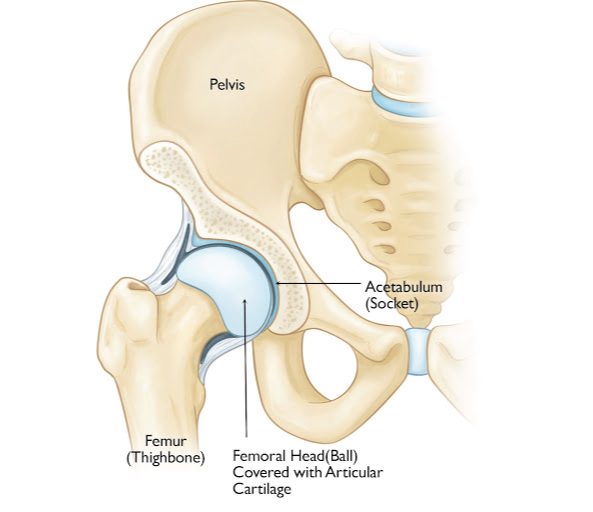
The anatomy
The hip is a ball and socket joint. The joint surfaces are lined with articular cartilage which helps protect the bone and allows for smooth movement of the joint. Osteoarthritis involves the thinning and wearing down of the articular cartilage which can be to the point that no articular cartilage remains. The prevalence for this increases from 45 years of age onwards.
What many people aren’t aware of is that the thinning and wearing down of articular cartilage is a normal change that occurs as we get older. Interestingly, some people will have these changes on imaging, such as an x-ray, but not experience any pain or other. This therefore indicates that these findings do not predict the likelihood of someone experiencing pain. Pain can be influenced by a range of factors that are not just due to the joint changes, including reduced range of motion and poor muscular strength or control around the hip. Physiotherapy can be helpful in reducing pain and improving each of these areas.
Symptoms and presentation
Those with symptomatic hip osteoarthritis can experience the following symptoms:
- Pain
- Stiffness - particularly in the morning
- Clicking or grinding
- Swelling
- Redness and feeling of warmth at the hip
- Restricted range of motion
- Reduced muscular bulk around the hip
How can physiotherapy help?
Physiotherapy can help in a range of ways to improve someone’s symptoms, function and quality of life when they have hip osteoarthritis. These include:
Improving understanding of the condition and the best strategies to manage symptoms – including managing your activity loads and looking after your general health
Reducing pain, swelling and inflammation
Improving range of motion at the hip and surrounding joints
Improving strength, control and conditioning of the hip and surrounding joints
This can be done through a range of treatment options such as advice and education, soft tissue release, dry needling, joint mobilisation and exercise prescription/programming to name a few. The most appropriate options for you can be discussed in conjunction with your physiotherapist.
PEAK also offers other services that can be beneficial in managing your hip symptoms which include:
Exercise led prevention classes
supervised by our physio and chiro coaches, these are a great way to keep yourself accountable in completing your own individualised exercise program.
Podiatry
advice on footwear or the use of orthotics can be beneficial in reducing loads through the hip joint.
Anti-gravity treadmill
if you are a keen walker or runner but your symptoms are stopping you from doing this, the anti-gravity treadmill can be used to reduce load on the hip and move more comfortably.
If you would like further information on how physiotherapy can help for your hip osteoarthritis or you would like to book in for an appointment, we would love to hear from you and help get you back to the activities that are most important to you.
Brittney Trueman
Physiotherapist
PEAK Sports and Spine Centre
Let's get started — How can we help?
Physiotherapy
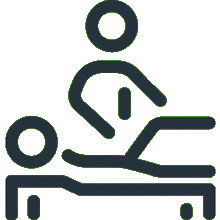
Chiropractic
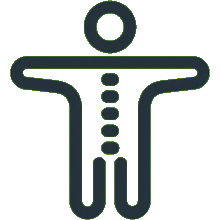
Podiatry
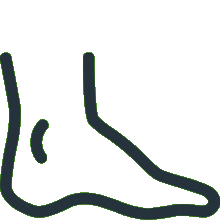
Massage Therapy
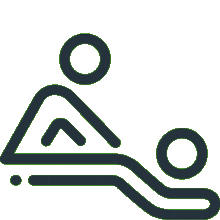
Women's Health Physiotherapy

Running Program Tailored To Your Goals
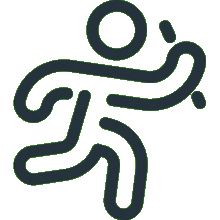
Joint Mobilisation
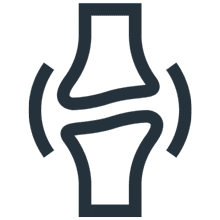
Active Release Technique
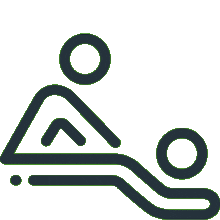
Exercise Prescription
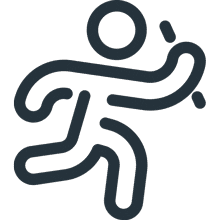
Real Time Ultrasound Imaging

Spinal Manipulation
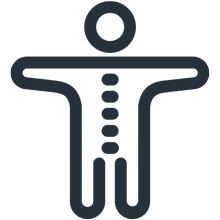
Functional Movement Screen
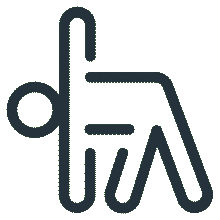
Knee Pain Treatment

Hamstring Strain Treatment
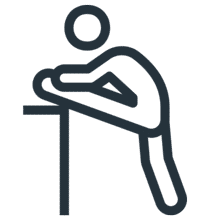
Hip Pain Treatment

Upper, Middle & Lower Back Pain

Neck Pain Treatment

Shoulder Pain & Rotator Cuff Tear

Can't find what you're after?
View all Services
Make an appointment
Or email the PEAK team at info@peakssc.com.au
Hawthorne
- Phone: (07) 3399 3318
- Fax: (07) 3319 6577
Address
5/171 Riding Road,Hawthorne, QLD, 4171 Get Directions
Opening Hours -
6 days per week
- Monday - Friday: 7:00 am - 8:00 pm
- Saturday: 7:00 am - 1:00 pm
To make a booking outside of business hours, please use our form by clicking here.
New Farm
- Phone: (07) 3399 4668
- Fax: (07) 3319 6577
Address
1/15 Lamington Street,New Farm, QLD, 4005 Get Directions
Opening Hours -
6 days per week
- Monday: 7:00 am - 8:00 pm
- Tuesday: 7:00 am - 8:00 pm
- Wednesday: 9:00 am - 8:00 pm
- Thursday: 10:00 am - 8:00 pm
- Friday: 7:00 am - 3:00 pm
- Saturday: 7:00 am - 3:00 pm
To make a booking outside of business hours, please use our form by clicking here.
